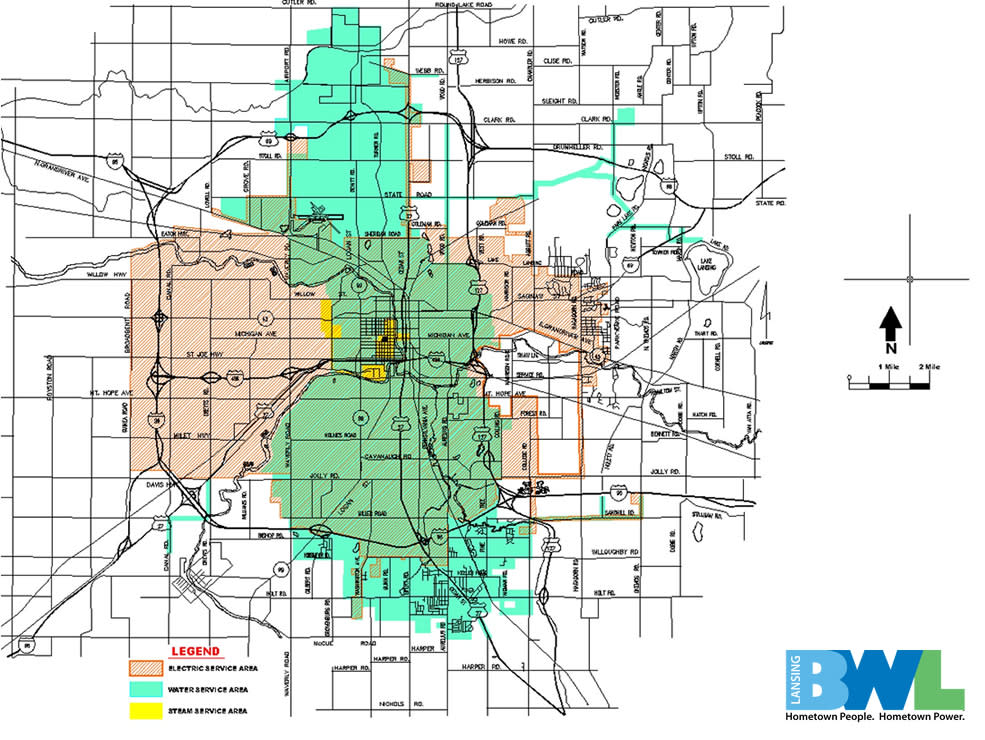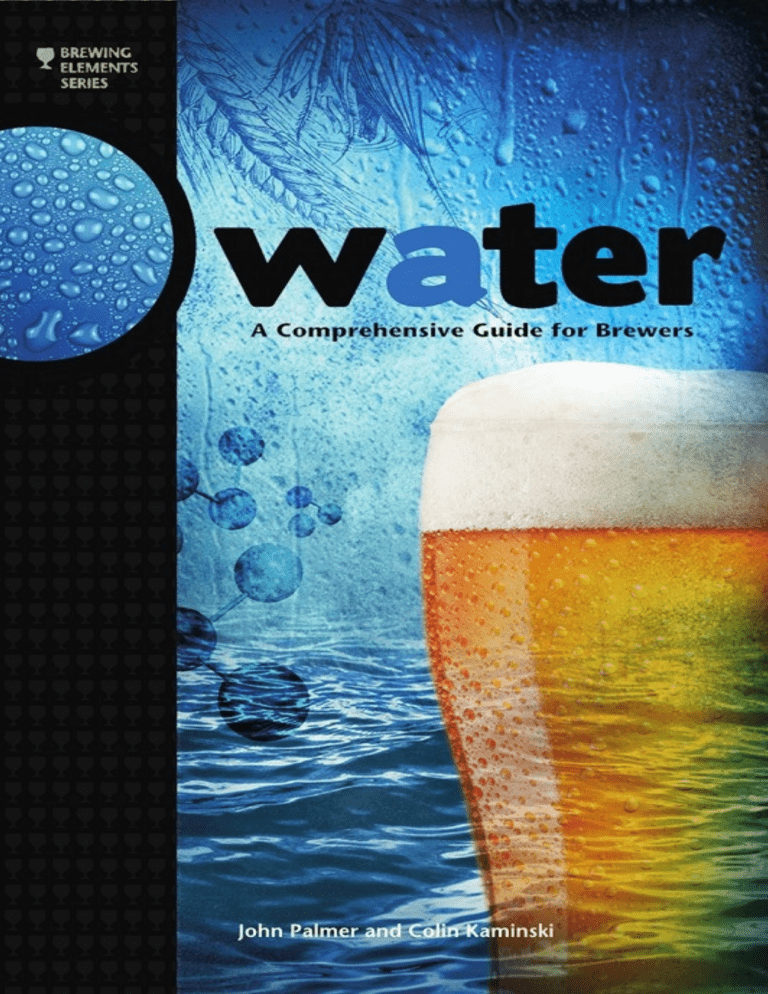Alright folks, let’s dive into something that affects almost every resident in Lansing, Michigan – the Board of Water and Light (BWL). Whether you’re paying your utility bills or just curious about how this public utility operates, understanding BWL can save you money and headaches. So, buckle up because we’re about to break it down for you in a way that’s easy to digest!
Now, if you’ve ever found yourself scratching your head over water and electricity charges, you’re not alone. The Board of Water and Light is one of the largest municipal utilities in the state, and it plays a crucial role in powering homes and businesses. But what exactly does it do? And why should you care? Let’s find out.
Before we get into the nitty-gritty, let’s address the elephant in the room: BWL has faced its fair share of controversies over the years. From rate hikes to environmental concerns, there’s a lot to unpack. But don’t worry, we’ll cover all the bases so you can make informed decisions about your utility services. So, let’s get started!
Understanding the Basics of the Board of Water and Light
First things first, the Board of Water and Light is more than just a name on your utility bill. It’s a municipal utility that provides water and electricity to the greater Lansing area. Established way back in 1883, BWL has been around for over a century, and it’s one of the oldest continuously operating municipal utilities in the country.
So, what does BWL actually do? Well, it’s responsible for generating and distributing electricity, treating and delivering clean water, and managing wastewater treatment. That’s a lot of responsibility, and it affects pretty much everyone who lives or works in Lansing.
One thing that sets BWL apart from private utilities is that it’s owned by the city of Lansing. This means that the profits (or losses) go back to the community rather than shareholders. But with great power comes great responsibility, and BWL has faced its fair share of challenges over the years.
Key Services Provided by BWL
- Electricity generation and distribution
- Water treatment and delivery
- Wastewater management
- Renewable energy initiatives
Let’s break it down a bit further. When you turn on a light or take a shower, chances are you’re using services provided by BWL. But did you know that BWL also offers renewable energy options? Yep, they’ve been working on incorporating solar and wind power into their energy mix, which is pretty cool if you ask me.
History of the Board of Water and Light
Alright, let’s take a trip back in time to understand how BWL became the powerhouse it is today. Founded in 1883, BWL started as a small operation focused on providing street lighting for the city of Lansing. Fast forward to today, and it’s one of the largest municipal utilities in Michigan, serving over 100,000 customers.
Over the years, BWL has undergone significant changes. In the early days, it relied heavily on coal for electricity generation. But as environmental concerns grew, BWL began exploring alternative energy sources. Today, they’re committed to reducing their carbon footprint and increasing the use of renewable energy.
Of course, the history of BWL isn’t without its bumps in the road. There have been controversies over rate hikes, service outages, and environmental impact. But through it all, BWL has continued to evolve and adapt to meet the changing needs of the community.
Major Milestones in BWL’s History
- 1883 – Establishment of the Board of Water and Light
- 1925 – Expansion into water services
- 1990s – Introduction of renewable energy initiatives
- 2020s – Commitment to reducing carbon emissions
These milestones highlight BWL’s journey from a small municipal utility to a major player in the energy and water sectors. And while the road hasn’t always been smooth, BWL’s commitment to innovation and sustainability is commendable.
How BWL Operates
So, how exactly does the Board of Water and Light work? At its core, BWL operates like any other utility, but with a few key differences. As a municipal utility, it’s governed by a board of commissioners appointed by the mayor of Lansing. This board makes important decisions about rates, services, and long-term planning.
One of the unique aspects of BWL is that it’s a non-profit organization. That means any surplus revenue is reinvested into the community rather than distributed to shareholders. This can lead to lower rates for customers, but it also means that BWL has to be careful about managing its finances.
BWL’s operations are divided into three main areas: electricity, water, and wastewater. Each area has its own team of experts working to ensure that services are delivered efficiently and reliably. But like any large organization, there are challenges to overcome, from aging infrastructure to rising costs.
Challenges Facing BWL
- Infrastructure upgrades
- Environmental regulations
- Financial management
These challenges aren’t unique to BWL, but they do impact how the utility operates and serves its customers. For example, upgrading aging infrastructure can be costly, but it’s necessary to ensure reliable service. And with increasing environmental regulations, BWL has to balance affordability with sustainability.
Customer Experience with BWL
Now, let’s talk about what really matters to you – the customer. How does BWL stack up when it comes to customer service? Well, it’s a mixed bag. On one hand, many customers appreciate the lower rates compared to private utilities. On the other hand, there have been complaints about service outages and slow response times.
BWL has made efforts to improve customer service in recent years, including launching an online portal for bill payment and account management. They’ve also introduced programs to help low-income customers with their utility bills, which is a big win for the community.
But like any large organization, there’s always room for improvement. If you’ve had issues with BWL, you’re not alone. The key is knowing how to navigate the system and advocate for yourself when needed.
Tips for Navigating BWL Services
- Use the online portal for bill management
- Take advantage of energy-saving programs
- Contact customer service promptly for issues
These tips can help you get the most out of your BWL services and avoid unnecessary headaches. And if you ever find yourself in a bind, don’t hesitate to reach out to customer service. They’re there to help, even if it doesn’t always feel that way.
Environmental Impact of BWL
Let’s talk about something that’s on everyone’s mind these days – the environment. As a major utility, BWL has a significant impact on the environment, both positive and negative. On the positive side, they’ve been working to increase the use of renewable energy sources like solar and wind power.
But there are challenges too. BWL still relies heavily on coal for electricity generation, which contributes to greenhouse gas emissions. They’ve set ambitious goals to reduce their carbon footprint, but it’s going to take time and investment to make it happen.
One thing that sets BWL apart is their commitment to transparency. They regularly publish reports on their environmental impact and progress towards sustainability goals. This level of transparency is important for building trust with the community.
Renewable Energy Initiatives
- Solar power projects
- Wind energy partnerships
- Energy efficiency programs
These initiatives show that BWL is serious about reducing its environmental impact. But as with any large-scale change, there are challenges to overcome. From securing funding to navigating regulatory hurdles, it’s not an easy road. But the payoff could be huge for the community and the planet.
Financial Management at BWL
Alright, let’s talk money. As a municipal utility, BWL has to balance affordability with sustainability. This means keeping rates low while investing in infrastructure and renewable energy. It’s a tricky balancing act, and one that has sparked controversy over the years.
Rate hikes have been a hot topic for BWL customers, with some feeling the pinch more than others. But it’s important to remember that these rate increases often go towards necessary upgrades and improvements. For example, replacing aging pipelines or upgrading power plants can be expensive, but it’s essential for reliable service.
BWL has also introduced programs to help low-income customers with their utility bills. These programs are a lifeline for many families struggling to make ends meet. But there’s always more that can be done to ensure that utility services are accessible to everyone.
Financial Challenges Facing BWL
- Aging infrastructure
- Investing in renewable energy
- Managing rate increases
These challenges highlight the delicate balance that BWL has to maintain. It’s not just about keeping rates low; it’s about ensuring that the utility can continue to provide reliable services for years to come.
Community Engagement with BWL
Finally, let’s talk about community engagement. BWL has made efforts to involve the community in its decision-making process, from public meetings to online surveys. This is important for building trust and ensuring that the utility is meeting the needs of its customers.
But there’s always room for improvement. Some customers feel that their voices aren’t being heard, and that’s a valid concern. BWL could do more to reach out to underrepresented communities and ensure that everyone has a say in how the utility is run.
That being said, BWL has made strides in recent years to improve community engagement. They’ve launched initiatives to educate customers about energy efficiency and sustainability, which is a win for everyone.
Ways to Get Involved with BWL
- Attend public meetings
- Participate in surveys
- Join community outreach programs
These are just a few ways to get involved and make your voice heard. And who knows? You might just help shape the future of BWL and the services it provides.
Conclusion
So, there you have it – a comprehensive guide to the Board of Water and Light. From its history and operations to its challenges and opportunities, we’ve covered a lot of ground. But the most important takeaway is this: BWL plays a crucial role in the lives of Lansing residents, and understanding how it works can empower you to make informed decisions.
If you’re a customer of BWL, I encourage you to get involved and make your voice heard. Attend public meetings, participate in surveys, and take advantage of the programs they offer. And if you ever have questions or concerns, don’t hesitate to reach out to customer service.
And hey, if you found this guide helpful, feel free to share it with your friends and family. The more people know about BWL, the better equipped we are to shape its future. So, let’s work together to ensure that BWL continues to provide reliable, affordable, and sustainable services for everyone.
Table of Contents


